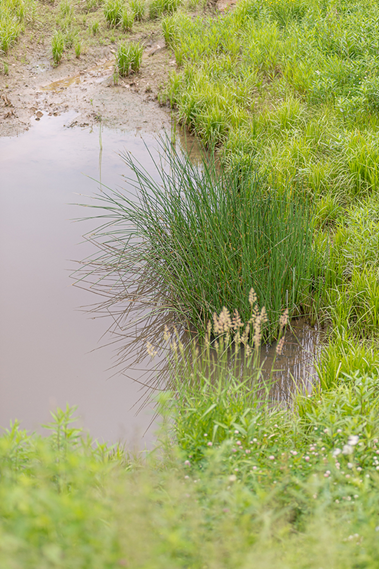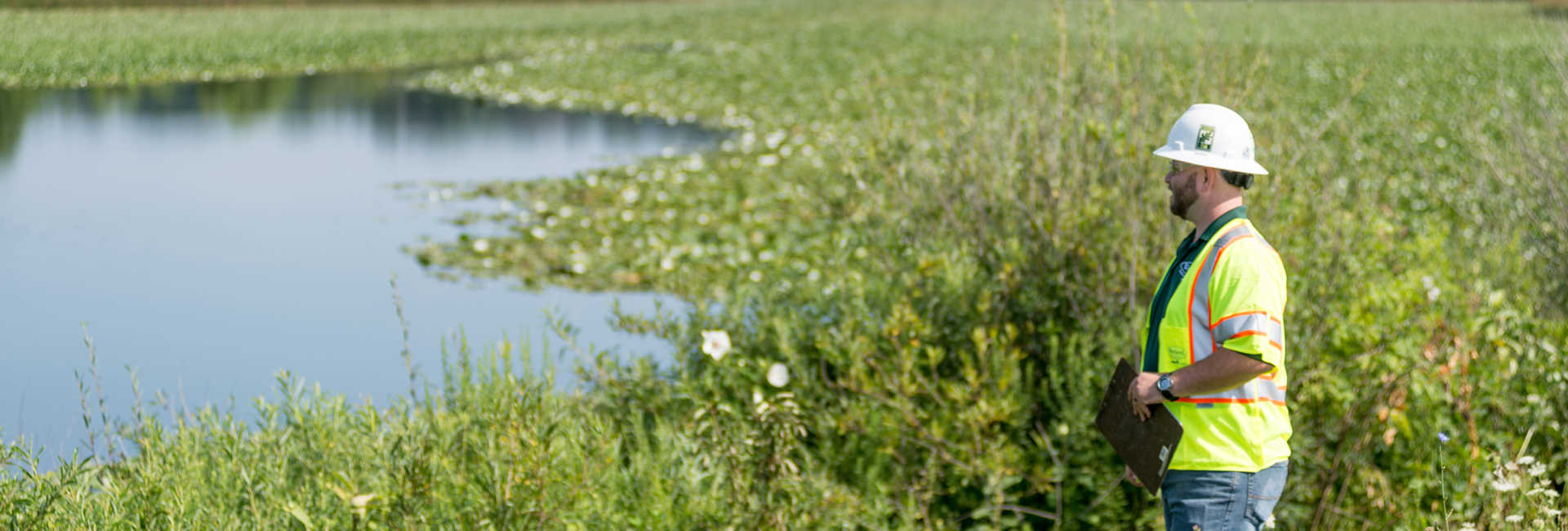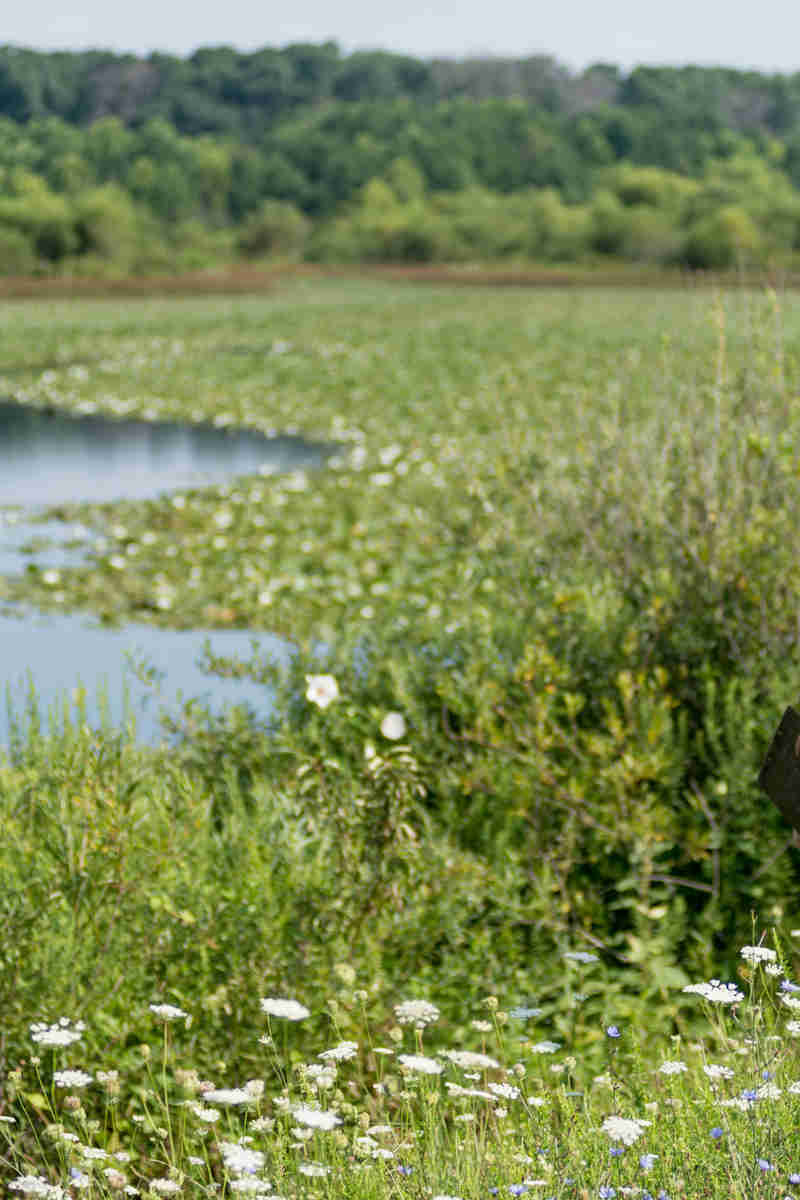Precipitation in the United States has increased significantly over the last century. According to the U.S. EPA, precipitation in the U.S. has increased at a rate of 0.20 inches per decade since 1901. With increased precipitation and an increase in development that includes impervious surfaces, municipalities and other governing bodies are becoming more concerned with overwhelming sewer systems and water treatment plants, putting regulations in place that can combat these issues.
Green infrastructure (GI) such as rain gardens, bioswales, and even urban tree canopy, can mitigate the issues caused by increased runoff. GI uses natural elements like rocks, native plants, and trees, to absorb and filter excess stormwater runoff and remove debris and contaminants, like motor oil from impervious surfaces, and harmful chemicals from construction or fertilizers, from the water that remains. The native elements of green infrastructure also help reduce excess stormwater runoff through evapotranspiration, or a process where water is transferred from the land to the atmosphere through evaporation and plant transpiration.

Why worry about decontaminating runoff?
Once stormwater enters a drainage system, it is carried away to a discharge point, such as a stream or wetland. Without being decontaminated first, stormwater runoff can affect the quality of the waterways where it is discharged. Some waterways include sources that provide drinking water to the public. Additionally, some runoff enters the water table directly before discharging into a waterway.
When stormwater is decontaminated using GI, it passes through sewer systems and water treatment plants with more ease and, in the end, provides higher quality public water. For streams and wetlands, decontaminated water improves water quality and helps preserve the ecosystem.
What if water quality is regulated?
To improve overall water quality in the community and reduce flooding, many municipalities or other governing bodies, such as the communities surrounding Barnegat Bay in New Jersey, have put regulations in place to decontaminate stormwater runoff, especially in areas with a large presence of impervious surfaces. Installing green infrastructure helps maintain regulated water quality standards. But for GI systems to perform to their full potential, they must be regularly monitored and maintained.
Davey Resource Group, Inc. (DRG) has a team of experts that can help you determine what GI system will work best for your needs and how to best maintain the current GI system you may have at your site.



